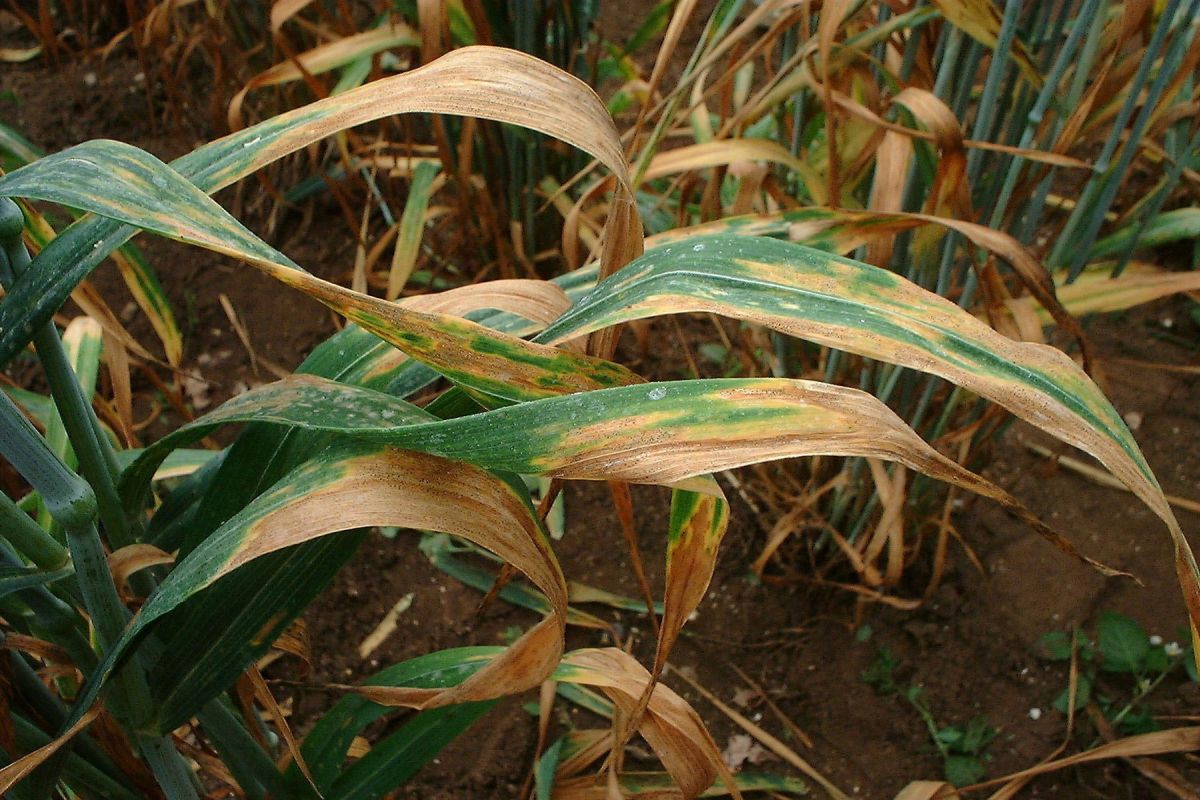
Early reports of wheat rust, coupled with increased difficulties curing Septoria tritici, mean winter wheat growers 'must stay on the front foot against diseases' in 2017.
As the main UK wheat disease, Septoria tritici is always present. It is the most important wheat disease in the UK and the biggest yield robber. Losses of 50% have been reported in severely affected crops. This is largely because of the predominance of varieties which are susceptible to the disease.
But curing established infection has become much more difficult following its reduced sensitivity to key fungicides, notably azoles, says Syngenta field technical manager, Iain Hamilton.
Added to that, there have already been early reports of yellow rust affecting wheat varieties in Lincolnshire and Oxfordshire this season, he points out.
“No parts of the country are immune to rust or Septoria,” says Mr Hamilton. “Although yellow rust cases have started off fairly isolated, it’s important to remember that these early sightings come on the back of a high pressure year.
“The 2016 season demonstrated all too clearly just how difficult yellow rust is to control if it’s not prevented early enough. So it’s vitally important that growers learn the lessons from 2016.
“I’m not suggesting that crops in general need treating now. The winter weather will play a big part in how disease develops. But it will be important not to let any disease escalate. We saw in 2016 just how important a T0 fungicide can be for achieving this – even if crops look clean at the T0 timing, which is typically in March.”
As part of a wider campaign in 2017, Mr Hamilton says Syngenta will be urging farmers to stay on the front foot against cereal diseases.
Although it is the upper leaves in winter wheat that contribute most to yield, the aim is to block disease getting up onto these in the first place, he explains.
